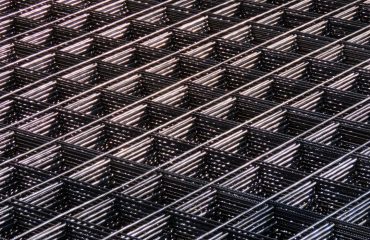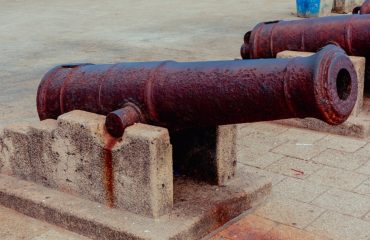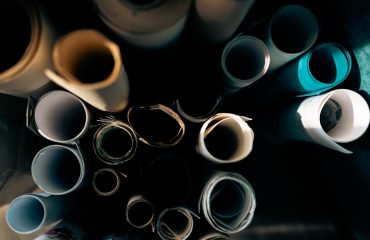Steel, a ubiquitous material in construction, manufacturing, and countless other industries, is far from a monolithic substance. While carbon steel forms the bedrock of many applications, a vast array of alternative steel alloys offer superior properties tailored to specific needs. These advanced materials boast enhanced strength, corrosion resistance, durability, and other characteristics that make them indispensable in modern engineering and design.
1. Stainless Steel: The Corrosion Conqueror
Stainless steel, a family of iron-based alloys containing at least 10.5% chromium, stands as a prime example of an alternative steel alloy. The chromium content creates a passive oxide layer on the surface, protecting it from corrosion and oxidation. This inherent resistance to rust makes stainless steel ideal for applications exposed to harsh environments, such as marine structures, chemical processing equipment, and food-handling facilities. Different grades of stainless steel, categorized by their chromium, nickel, and other alloying element content (like molybdenum and manganese), offer varying degrees of corrosion resistance, strength, and workability. Austenitic stainless steels (like 304 and 316) are known for their ductility and weldability, while martensitic and ferritic grades offer higher strength but may be less resistant to certain types of corrosion.
2. High-Strength Low-Alloy (HSLA) Steel: Strength Without the Weight
HSLA steels represent another crucial category of alternative steel alloys. These materials achieve significantly higher strength compared to carbon steel through the addition of small percentages of alloying elements like copper, vanadium, niobium, and titanium. The key advantage of HSLA steel lies in its ability to offer superior strength-to-weight ratios. This makes them highly desirable in applications where weight reduction is crucial, such as automotive manufacturing, construction of bridges and skyscrapers, and the production of pipelines. The enhanced strength allows for the use of thinner sections of steel, leading to lighter structures without compromising on structural integrity. Furthermore, HSLA steels often exhibit improved formability and weldability compared to high-carbon steels.
3. Tool Steels: Precision and Durability in Action
Tool steels are a specialized class of steel alloys designed for their exceptional hardness, wear resistance, and ability to maintain their cutting edge even under extreme conditions. These alloys contain substantial amounts of alloying elements such as tungsten, molybdenum, chromium, vanadium, and cobalt. These elements contribute to the formation of hard carbides within the steel matrix, resulting in superior hardness and resistance to abrasion. The specific composition of a tool steel dictates its suitability for different applications, ranging from cutting tools (drills, milling cutters, taps) to molds and dies used in forging and casting. High-speed steels (HSS), a subset of tool steels, are particularly notable for their ability to retain hardness even at elevated temperatures, making them ideal for high-speed machining operations.
4. Maraging Steels: Reaching for Exceptional Strength
Maraging steels, a family of iron-nickel-based alloys, are renowned for their exceptionally high strength and toughness. The name “maraging” is derived from “martensite aging,” referring to the heat treatment process that produces the desired high strength. These steels typically contain 18-25% nickel and small amounts of other elements like cobalt, molybdenum, and titanium. The aging process leads to the precipitation of intermetallic phases, which significantly enhance the strength without compromising ductility. Maraging steels are employed in demanding applications requiring extreme strength and toughness, such as aerospace components, pressure vessels, and high-performance sporting equipment.
5. Weathering Steel (COR-TEN): Nature’s Protective Coating
Weathering steel, also known as COR-TEN steel, stands apart due to its unique ability to form a stable, protective rust layer that inhibits further corrosion. This self-patinating characteristic reduces the need for painting or other protective coatings, leading to lower maintenance costs and a distinctive aesthetic appeal. The alloying elements in weathering steel, including copper, chromium, nickel, and phosphorus, contribute to the formation of this protective patina. This makes it an environmentally friendly and cost-effective option for architectural applications, bridges, and other structures exposed to the elements. The characteristic rust-like appearance of weathering steel is often embraced for its visual appeal, contributing to its popularity in modern design.
The world of alternative steel alloys is constantly evolving, with ongoing research and development leading to new materials with even more specialized properties. Understanding the unique characteristics of these different alloys is crucial for engineers and designers seeking to optimize performance, durability, and cost-effectiveness in a wide range of applications.
SEO Tags:
- Alternative Steel Alloys
- Stainless Steel Grades
- High-Strength Low-Alloy Steel
- Tool Steel Applications
- Weathering Steel Properties




